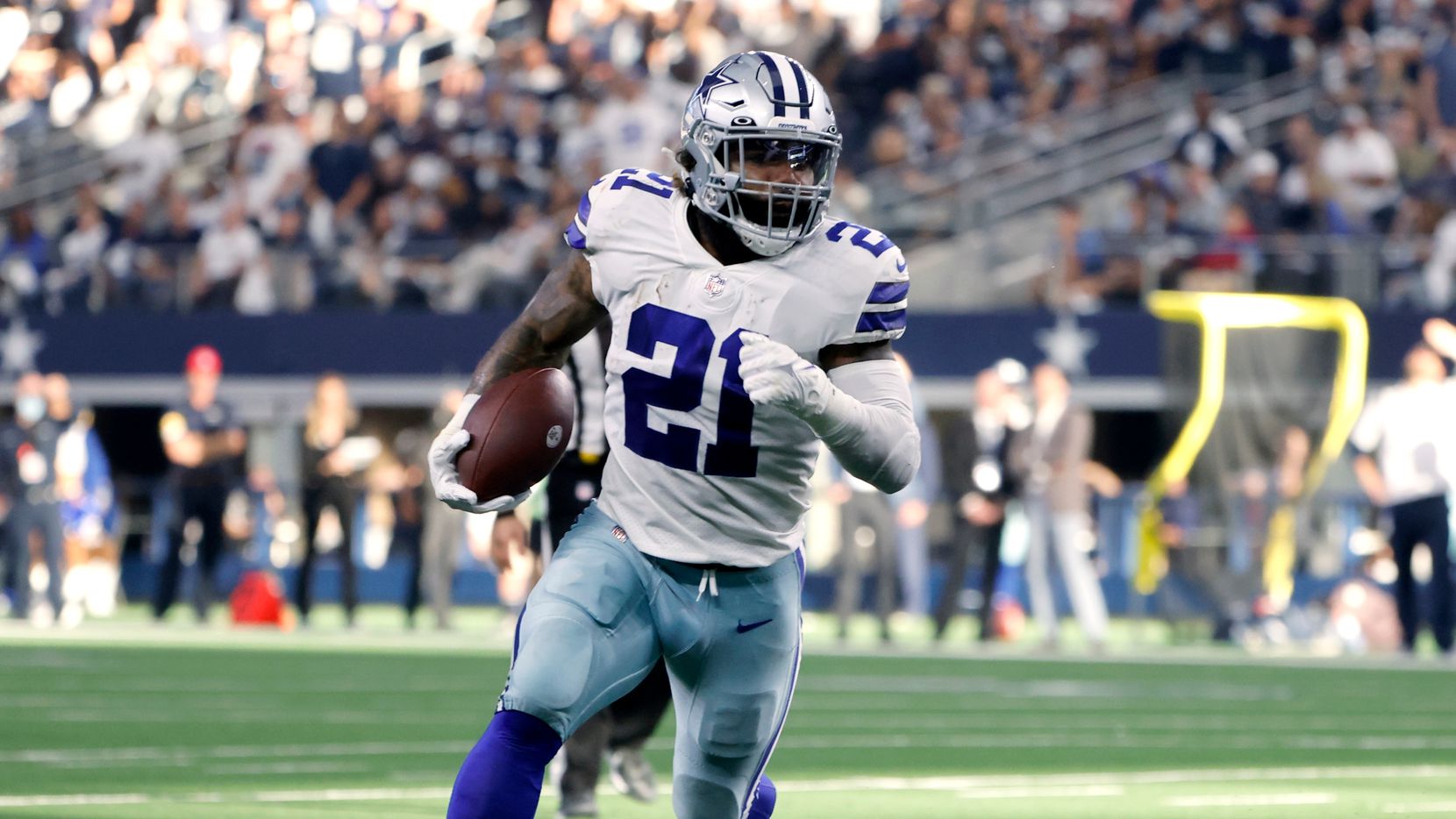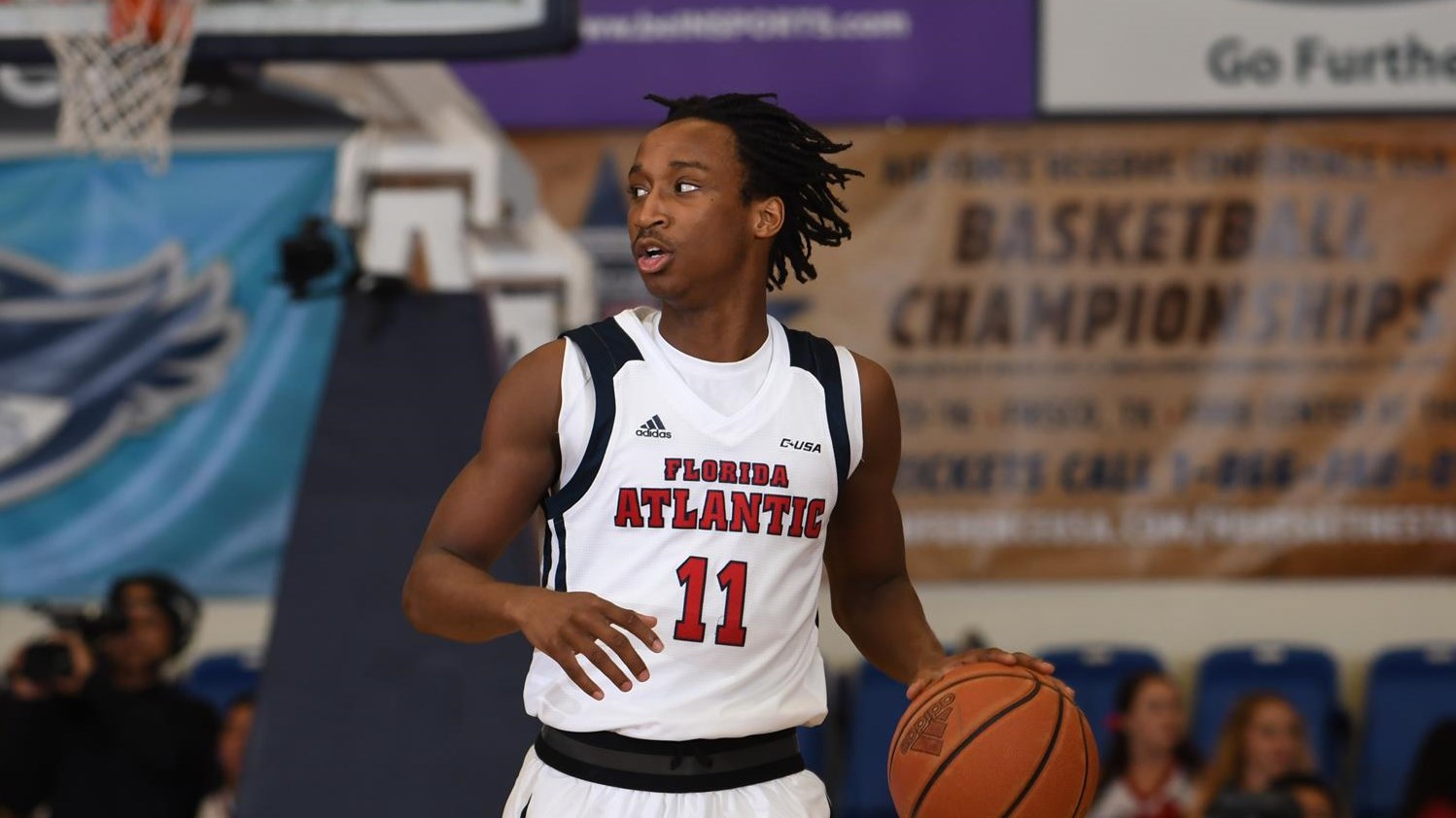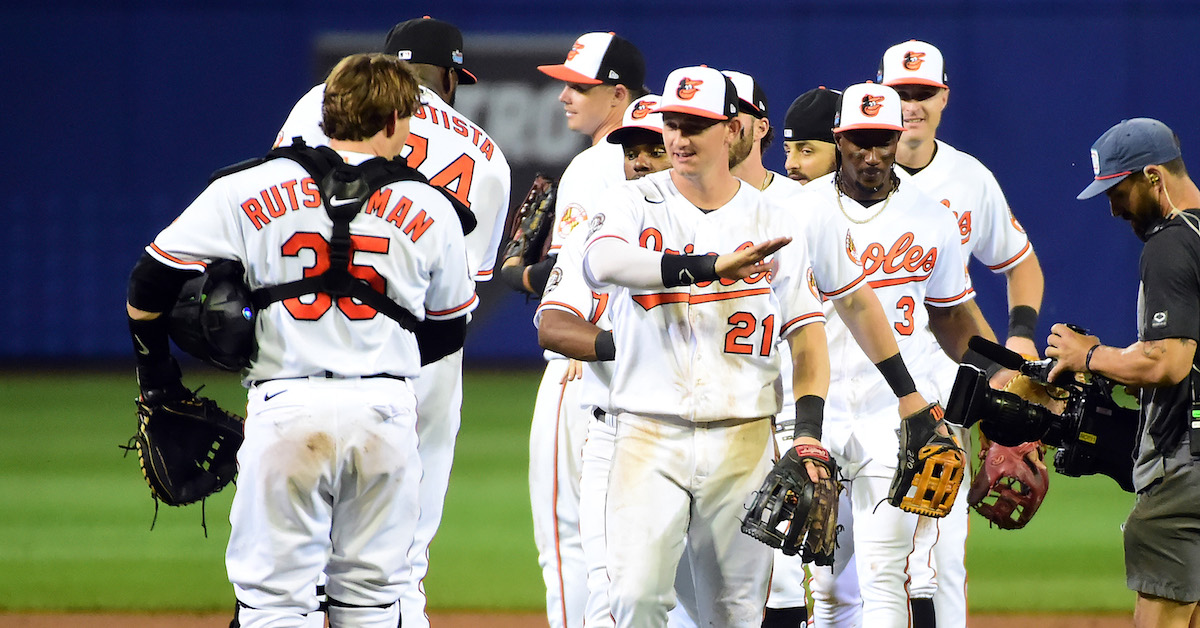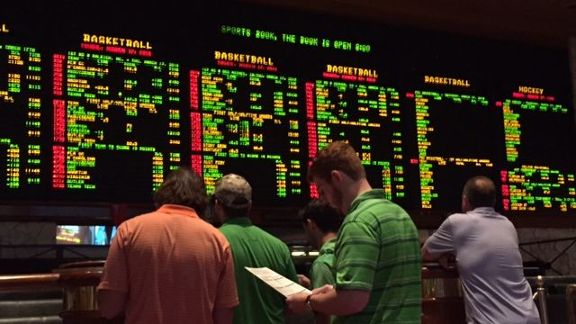Baseball Bettors need to know these things
What counts as a game?
Especially in the early workings of the MLB season, you’re going to be faced with plenty of rainouts and delays.
April showers bring May flowers and plenty of headaches for baseball bettors who don’t know their sportsbook’s rules when it comes to grading MLB games as official. Different bets need a different amount of innings in the scorebook to be considered complete. These may vary from book to book, but the most common rulings are:
• MLB moneyline wagers only need 4.5 completed innings with the home team winning or five innings with the road team winning to be graded official.
• Total bets (Over/Under) must have at least nine innings (8.5 with home team winning) to be considered complete.
• Runline bets (spread) must also have at least nine innings (8.5 with home side winning) to be graded official.
If these requirements are not met, books grade the game no-action and bets are refunded. For extra-inning games that go more than nine innings and then get canceled or suspended, wagers are graded on the final score after the last completed inning or if the home team is winning/tied heading into the bottom of the inning. Wagers on suspended games do not carry over to whenever the game picks back up again.
Understand runlines
The runline is baseball’s version of the spread, giving or taking 1.5 runs from either side of a game. That means that the runline favorite (-1.5) must win by two or more in order to cover the spread or the runline underdog must lose by one or less or win the game outright in order for it to cover and win the wager.
But unlike traditional spread bets, like those in basketball or football, runline wagers do not come at the standard -110 juice (the cost to make the bet). With the majority of baseball games being decided by one or two runs, oddsmakers price the runlines depending on how strong the teams are. Most often, the runline favorite (-1.5) is priced at plus-money since they have to win by two or more, and the underdog (+1.5) forces bettors to pay extra to get that buffer on the scoreboard.
For example: the Dodgers are 1.5-run favorites over Colorado, which comes back at +1.5 on the runline. The juice on L.A. -1.5 is +150 (Win $1.50 for every $1 risked) while the juice on Colorado +1.5 is -180 (Win $1 for every $1.80 risked).
Where bettors get into trouble is with those pricy runline pups. Adding a 1.5-run pad to you play is very enticing but because runline underdogs require you to bet more to win less, they can really dig into your overall profits. Even if you win three of five runline underdog plays, you can still end up in the red.
Understand moneylines
Moneylines are the most common way to wager on baseball, simply picking which team will win the game. Leave it bookmakers, however, to make it not so simple. Every bet comes with a cost – that pesky juice we talked about above – so baseball bettors have to be conscience of risk and return when playing MLB moneyline odds.
For example: the Dodgers are -220 home favorites hosting Colorado, which is coming back at +175. Los Angeles is projected to win the game but the price to bet the Dodgers is pretty expensive – win $1 for every $2.20 risked. The Rockies are not expected to win, therefor their moneyline odds are paying off higher – win $1.75 for every $1 risked.
Backing big moneyline favorites isn’t a smart way to build your bankroll and much like the runline example above, a winning day in terms of record doesn’t mean a winning day in terms of profits. If you bet $100 a pop on five different teams priced -220, -195, -180, -200, and -250 and won the first three of those wagers/lost the last two, you’d still be down -$47.72 despite a 3-2 record ($152.28 total win – $200 in lost wagers).
Pitching changes
Starting pitchers are the most important element when it comes to setting and betting the MLB odds. So when a scheduled starter is suddenly swapped out, most books offer bettors who wagered on the moneyline, runline, or total for that game a couple different options.
• You can opt to rule the bet no-action and return all money risked. No harm. No foul
• You can keep your bet in place but at the adjusted odds after the pitching change
• Any prop bets directly connected to the pitching change are deemed no-action and bets are returned
Not all books will actively pursue your decision to void or keep the bet in place, rather just sending an email that the wager is void due to a pitching change. If the bettor wants to place the same wager on the adjusted odds after the switch, they’ll have to do it manually.







